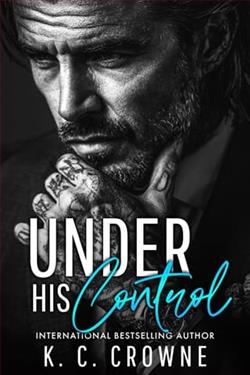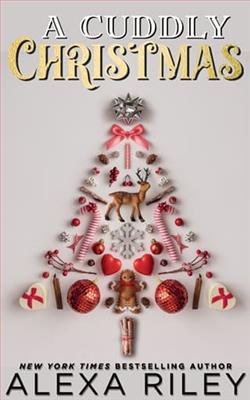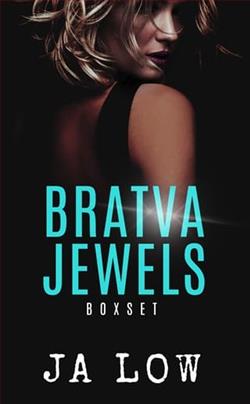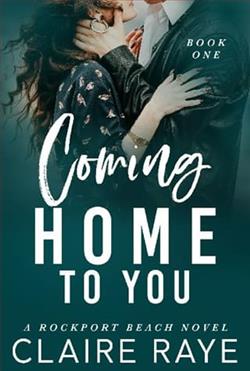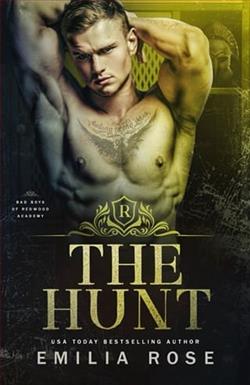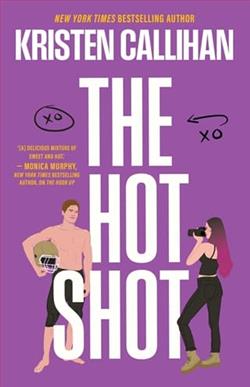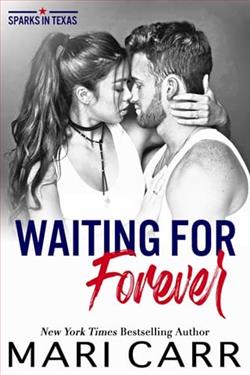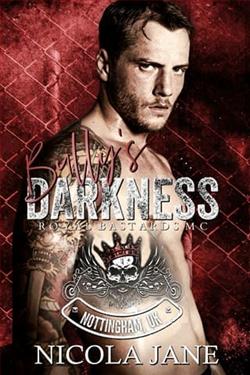Page 140 of The 9th Man
“Has there been any requests to see these items before?” he asked.
“We get a lot of requests related to the assassination. Most of them come from amateur enthusiasts.”
Not exactly an answer, but he knew what that meant. “Conspiracy nuts?”
She gave him a sheepish grin. “Don’t misunderstand, they’re perfectly nice people but how many times can you stare at a frame from the Zapruder film until you’re satisfied a picket fence is just a picket fence?”
“I hear you,” he said.
“I had one gentleman who was convinced the Umbrella Man was in fact Lady Bird Johnson in disguise.”
He grinned.
The elevator doors parted to reveal a softly lit space with gray carpet and rows of white laminate tables. The walls were lined with small computer workstations, storage cabinets, and copying machines. Only a few of the desks were occupied.
She led him to a small conference room near the floor’s rear. “I’ll be right back.”
She returned a few minutes later with a black cardboard archivist box and placed it before him. “The specific item you requested is in sleeve 14 near the bottom. Do you want some background or would you prefer to dive in?”
“You’re familiar with this?”
“When a researcher makes an appointment we make it a point to offer a bit of context. Some folks like it, some not so much.”
He gestured to the opposite chair. “I like it.”
She closed the door and sat.
“Identifier 31621 are black-and-white hard-copy photos taken with a Beirette Junior II 35mm camera by a young lady named Pearl Yates. On November 22, 1963, she was thirteen years old and had just won an essay contest sponsored by the Texas State Board of Education. The topic was, My Personal Ambition. Pearl’s was to be a doctor. As the contest winner she was able to choose a hospital where she would shadow the staff for a day. She chose Parkland in Dallas.”
“Fate,” Luke said.
“You could say that.”
“Pearl was returning from a lunch break when the presidential motorcade arrived carrying President Kennedy and Governor Connally. Of course, the emergency room was cleared of all unnecessary personnel, so Pearl was left outside. On a whim she started shooting pictures with the new camera her father bought her a month earlier. She took a total of twenty-one photos, eighteen of which were displayed as part of a temporary Smithsonian exhibit to mark the Kennedy assassination’s fiftieth anniversary.”
He opened the box and found the sleeves.
Each of the photos was encased in a laminate. With Victoria’s help he spread them in a grid across the table’s surface. Number 31621, the tenth photo in the series, was on the bottom row.
He felt the hair on his neck bristle.
The image, taken from a shallow angle, showed a car’s rear chrome bumper, black trunk, and bat-ear taillight. Having lived and breathed the grittiest of details surrounding the Kennedy assassination, he immediately recognized the vehicle. A 1956 Cadillac Fleetwood 75 convertible known as the Queen Mary II by the White House press corps, and 679X by the Secret Service. The trail car from where Thomas Rowland had accidentally shot John Kennedy.
The car was parked, and clustered around the Cadillac’s trunk were four men in dark suits. Two of them stood in profile while the third man’s back was turned toward the camera. The fourth man, blocked by the others from the waist up, leaned against the trunk, his knees slightly buckled. Dangling from his right hand was a Colt AR-15. But it wasn’t Rowland. No. Another man, older, held the rifle.
Rowland stood off to one side.
“What made Pearl’s photos extraordinary,” she said, “is what they don’t show. The primary characters of that day’s events are nowhere to be seen. The images Pearl captured were police, nurses, doctors, Secret Service agents, all of whom, still in shock, were waiting to see if their president was dead or alive.”
“What do you know about this specific photo?” he asked.
“It shows four of the Secret Service agents who were there in the motorcade. You can almost feel the anguish in their body language.”
Yes, he could.
“Pearl didn’t come forward with these until July 1964,” Victoria said. “She told the FBI she was worried she might get into trouble.”
“Did she?”








